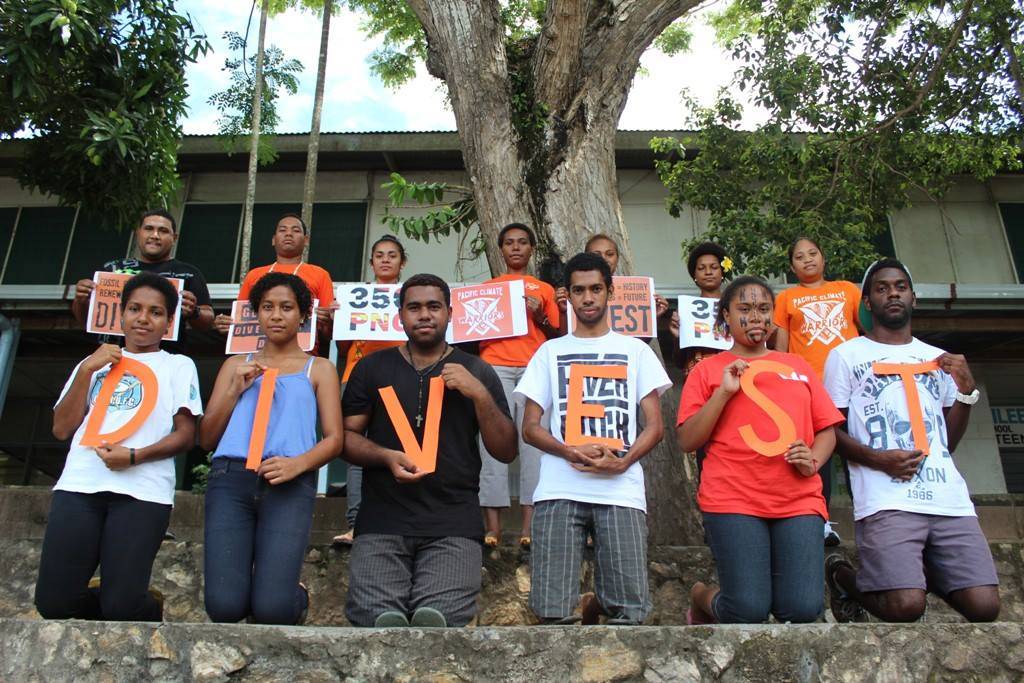Papua New Guinea is a nation of intense diversity – from the low-lying atoll islands in the far east, to the rugged and deeply remote expanse of mountain highlands of the mainland. It’s across the highlands, where 2.5 million people live, that is now living through a deadly drought.
More than 100,000 children have been turned away from schools as there’s just not enough water or food left to run them anymore. After a period of severe frosts in the highlands that killed-off staple food crops, the intense El Niño-driven drought has prevented new crops from growing. There have been reports of deaths from starvation and disease. Much of the highlands are incredibly remote, so getting food relief to these regions is troublesome, and many are worried that the government-relief won’t reach communities in time.

A mother and her two children standing on a dried lake in the worst hit area of Mariant in Kandep. They started receiving very basic relief food supplies last week. Credit: Enga News
As 350 Papua New Guinea coordinator, Arianne Kassman explained
“This crisis shows the importance of addressing the issue of climate change as the survival of our people depends on it. Our people rely on their gardens to survive and now it is being taken away from them. Almost 70% of Papua New Guinea live in rural areas and rely on subsistence farming to survive.”

The result of the PNG drought: parched soil, and thousands of dead fish due to stagnant, overheated & rapidly disappearing water sources. Source: ABC News
While the drought is being fuelled by a growing El Niño and has been coupled with harsh frosts, global warming is playing its hand in making this drought more severe. There’s a number of ways that global warming affects droughts, but at its most basic, as Park Williams at Columbia University explains:
Each year, the heat squeezes more moisture from soils and ecosystems. This is because, as the atmosphere warms, its demand for moisture rises. Just as a puddle evaporates more quickly on a warm day, soils dry out more quickly during warmer years, which are becoming increasingly frequent in most locations globally.
The future for Papua New Guinea is unlikely to get any easier either, where according to the Asian Development Bank, climate change is forecast to wipe 4% of PNG’s GDP every year by 2050, growing rapidly to 16% of GDP by 2100 – and that’s under a moderate warming scenario. That’s a harsh future to face for a country that ranks 171st for greenhouse gasses per capita, and has done so very little to cause this damage – and especially for this young fella.
While this situation is critical and it seems like there is little we can do as a global community as more and more impacts take hold, it’s important for us not to fall into a depressed slumber, and switch off to the loss and damage occurring. I think as the photo below from our good friends of 350 PNG shows, the best thing we can do is take action wherever we are, and do it in solidarity with this movement that is growing from strength to strength around the world.
As the scale and pace of climate change impacts increase, 350.org is exploring what more we can do to support community-led, grassroots responses to disasters and impacts. We believe we can’t underestimate the power and agency of people on the ground to know how best to respond in times of crisis. What that looks like, we don’t quite yet know, but we’re testing out ideas. We’re always glad to hear of your ideas. You can email me on aaron at 350.org.

